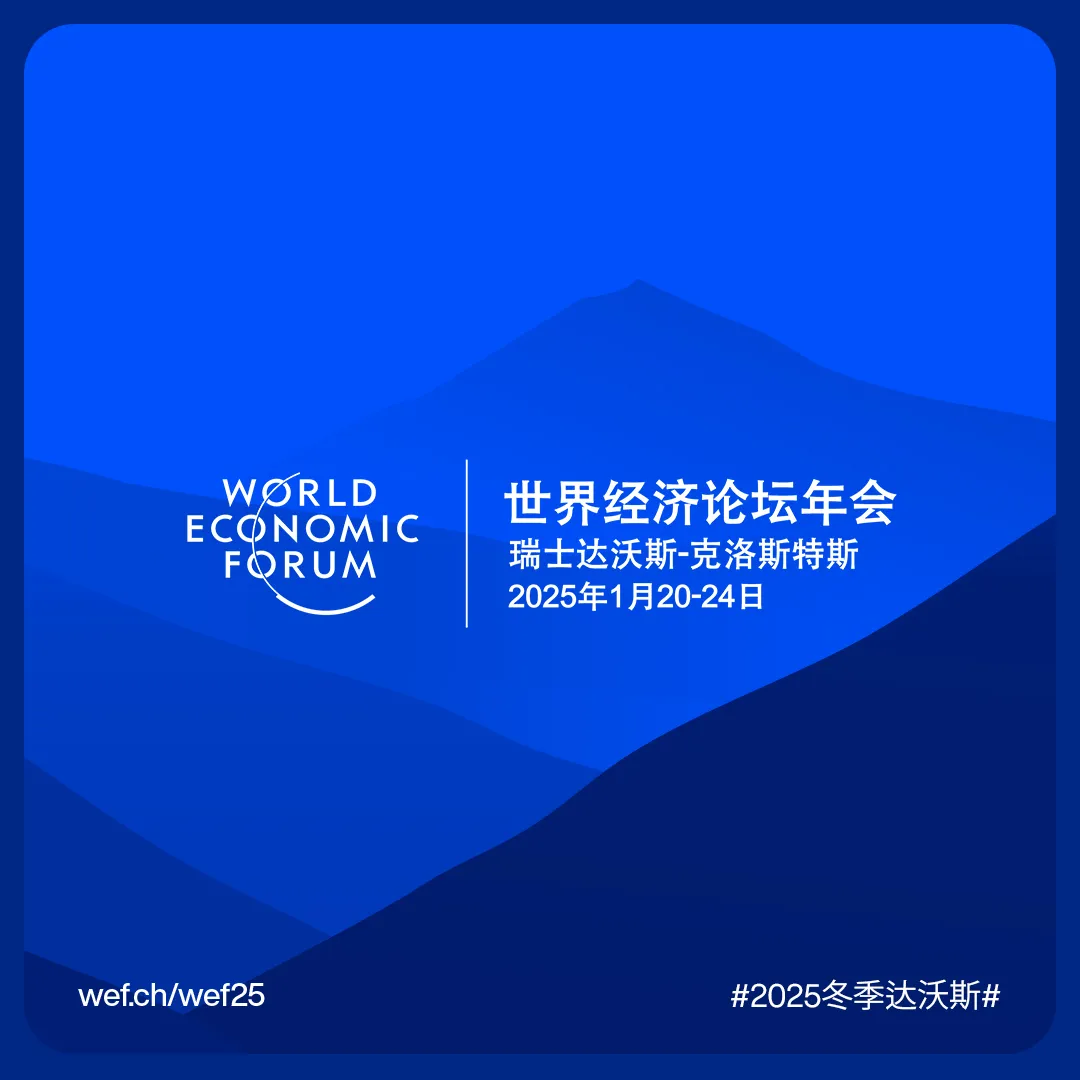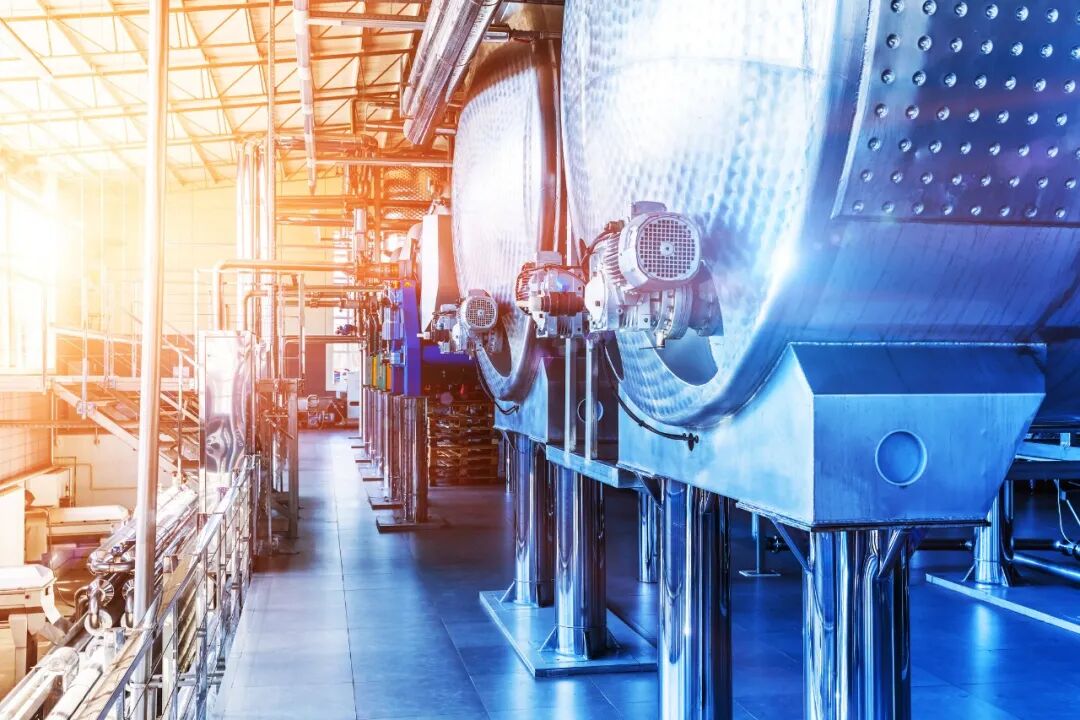Seven key factors determine which countries manufacturing companies choose to operate in.
Image source:Getty Images/iStockphoto
Kiva Allgood
Per Kristian Hong
,(),,500,,11,700,1.75%GDPCountries that can effectively balance national interests with global cooperation are becoming increasingly attractive to industrial organizations. Key factors to consider include the stability of trade policies, the impact of political developments, and the strength of international relationships—such as alliances and partnerships. The EU-Vietnam Free Trade Agreement has successfully struck a balance between national interests and global integration, driving Vietnam’s exports to the EU by an impressive 50%. Beyond expanding market access, this trade deal has also diversified value-chain partnerships, bolstering resilience through enhanced participation in global trade networks.7. Environmental, Social, and Governance (ESG)Long-term economic resilience is increasingly dependent on sustainable practices. Businesses are carefully evaluating each country’s commitment to net-zero goals, social responsibility initiatives, and adherence to stringent governance standards—ensuring alignment with evolving ESG priorities. At the national level, the Netherlands’ 2016 Circular Economy Policy aims to reduce primary material use by 50% by 2030. This ambitious target is supported by substantial investments in industry, as well as widespread adoption of circular practices among businesses and consumers. By strengthening standards and incentivizing sustainable production, the Netherlands is positioning itself to meet its long-term climate objectives.The importance of these factors varies depending on the company, industry, and position within the value chain. While they help create a favorable environment, they are not the sole determinants of a country’s attractiveness as a manufacturing destination. Other considerations—such as cost competitiveness, market access, and political priorities—also play a critical role in shaping investment decisions.As industrial organizations continue striving to balance cost, resilience, sustainability, and performance during their transformation journeys, leaders in both the public and private sectors must collaborate to create the conditions and policies that enable manufacturing to grow responsibly—driving social, economic, and environmental prosperity. These seven readiness factors, anchored in People, Prosperity, and Planet, serve as the foundation for fostering a fairer future across value chains—and between developed and developing nations alike.

The above content solely represents the author's personal views.This article is translated from the World Economic Forum's Agenda blog; the Chinese version is for reference purposes only.Feel free to share this on WeChat Moments; please leave a comment below the post if you’d like to republish.
Editor: Wang Can
The World Economic Forum is an independent and neutral platform dedicated to bringing together diverse perspectives to discuss critical global, regional, and industry-specific issues.
Follow us on Weibo, WeChat Video Accounts, Douyin, and Xiaohongshu!
"World Economic Forum"





